
Post by : Shivani
As Airbus accelerates A320neo production toward a record 75 jets per month by 2027, the pressure is cascading down the supply chain—particularly onto Tier-2 manufacturers, the often-overlooked backbone of aerospace assembly. These mid-tier suppliers, responsible for critical components like hydraulic actuators, wiring harnesses, and composite panels, are buckling under workforce shortages, financing gaps, and raw material delays, creating bottlenecks that threaten Airbus’s ambitious timeline. In Q2 2025, production dipped to just 39 A320s in May—down from a target of 50—largely due to Tier-2 delays in engine-related subsystems and fuselage fittings.
Airbus Chief Procurement Officer Christian Scherer warned in July 2025: "Tier-2 is the weakest link today. Without their ramp-up, Rate 75 becomes Rate 60." A Roland Berger survey revealed that 65% of Tier-2 suppliers cite labor shortages and funding risks as top barriers—up sharply from 41% in 2024. This in-depth report examines the root causes, real-world impacts, Airbus' mitigation efforts, and the path forward for a resilient aerospace supply ecosystem.
Airbus operates a three-tier supplier model:
Tier-2 firms represent 60% of Airbus’s supplier base by count but face disproportionate strain during ramp-ups. Unlike Tier-1 giants with billion-euro balance sheets, many Tier-2s are SMEs with limited cash reserves, making them vulnerable to demand surges. For every A320neo, over 300 Tier-2 components must align perfectly—any delay cascades into "glider" aircraft parked awaiting parts.
In 2025, 17 A320 airframes sat idle in Toulouse and Hamburg due to missing Tier-2 hydraulic valves and wiring looms—costing Airbus €1.2 million per aircraft in holding expenses.
65% of Tier-2 firms report severe skilled labor gaps, with machinists, quality inspectors, and engineers in short supply. Post-COVID attrition, aging workforces, and competition from tech sectors have left 40,000 aerospace jobs unfilled globally. In France, Figeac Aéro operates at 72% capacity due to 18% staff shortages.
Ramping production requires upfront investment in tooling and inventory—often 12–18 months before payment. Many Tier-2s lack access to low-cost capital, with banks hesitant post-Boeing 737 MAX fallout. Airbus’s “Supplier Financing Program” covers only 15% of eligible Tier-2s, leaving smaller players exposed.
CFM LEAP and Pratt & Whitney GTF engine delays—due to durability issues—affect Tier-2 pylon and nacelle suppliers. Safran’s Tier-2 partners report 25% output shortfalls, directly impacting A320 final assembly.
U.S. tariffs on EU steel and aluminum (reimposed in 2025) raise costs for Tier-2s sourcing from America. Conversely, EU carbon border taxes hit Asian suppliers.
| Challenge | % of Tier-2 Firms Affected | YoY Change |
|---|---|---|
| Workforce Shortages | 65% | +24% |
| Financing Gaps | 58% | +17% |
| Engine Subsystem Delays | 52% | +13% |
| Raw Material Costs | 48% | +9% |
The most visible symptom? Glider aircraft—fully assembled fuselages awaiting engines or subsystems. As of September 2025:
Airlines like IndiGo and easyJet face delivery delays of 6–9 months, forcing lease extensions and capacity constraints during peak travel seasons. HNA Group deferred 10 A330neo deliveries in August 2025, citing "unacceptable delays from Tier-2 components."
On X, frustration is palpable: @AviationAnalyst posted, “Airbus hits 50/month but 17 gliders sit idle—Tier-2 is the real bottleneck, not FAL.” The post garnered 12K impressions.
Airbus has launched a multi-pronged strategy to stabilize Tier-2:
€500 million allocated in 2025 to pre-finance 120 Tier-2 firms for tooling and inventory. Interest rates capped at 3% via BNP Paribas partnership.
New “Ramp-Up Champion” category recognizes Tier-2s achieving 95%+ on-time delivery. Winners receive priority contracts and technical support.
Skywise Supply Chain module now mandatory for Tier-2s, using AI to predict delays 60 days in advance. Early adopters report 18% improvement in OTD.
New Tier-2 hubs in India (Tata Advanced Systems) and Vietnam to reduce EU/US dependency. Goal: 20% of Tier-2 spend outside Europe by 2028.
French precision manufacturer Figeac Aéro supplies titanium fittings for A320 pylons. Facing 18% labor shortages, it invested €45M in automation and partnered with Airbus for workforce training. Result: Output up 32% YoY, named 2025 Ramp-Up Champion. CEO Jean-Claude Maillard: “Airbus’ financing was oxygen—we’re now at 98% OTD.”
Airbus targets:
UBS forecasts a 60% chance of hitting 75 by 2027—if Tier-2 financing doubles and automation scales. Failure risks pushing the target to 2030, ceding ground to Boeing’s recovering 737 MAX line.
The Tier-2 crunch is more than a logistical hurdle—it’s an existential test for Airbus’s production supremacy. As A320 demand soars, the health of 1,200 mid-tier suppliers determines whether Airbus delivers on its 75-jet promise or stalls in glider purgatory. With strategic financing, digital tools, and global diversification, Airbus is fighting to forge a resilient chain. But as Scherer admits: “Tier-2 isn’t just a supplier tier—it’s the foundation of our future.”
Stay Updated: Follow @AirbusSupply and @AviationWeek on X. Explore Airbus supplier portal at airbus.com/suppliers.
#AirbusSupplyChain #Tier2Suppliers #A320Production #SupplyCrunch #AviationSupply #RampUpChallenges #GliderAircraft #Airbus75 #AerospaceManufacturing #SupplyChainRisk



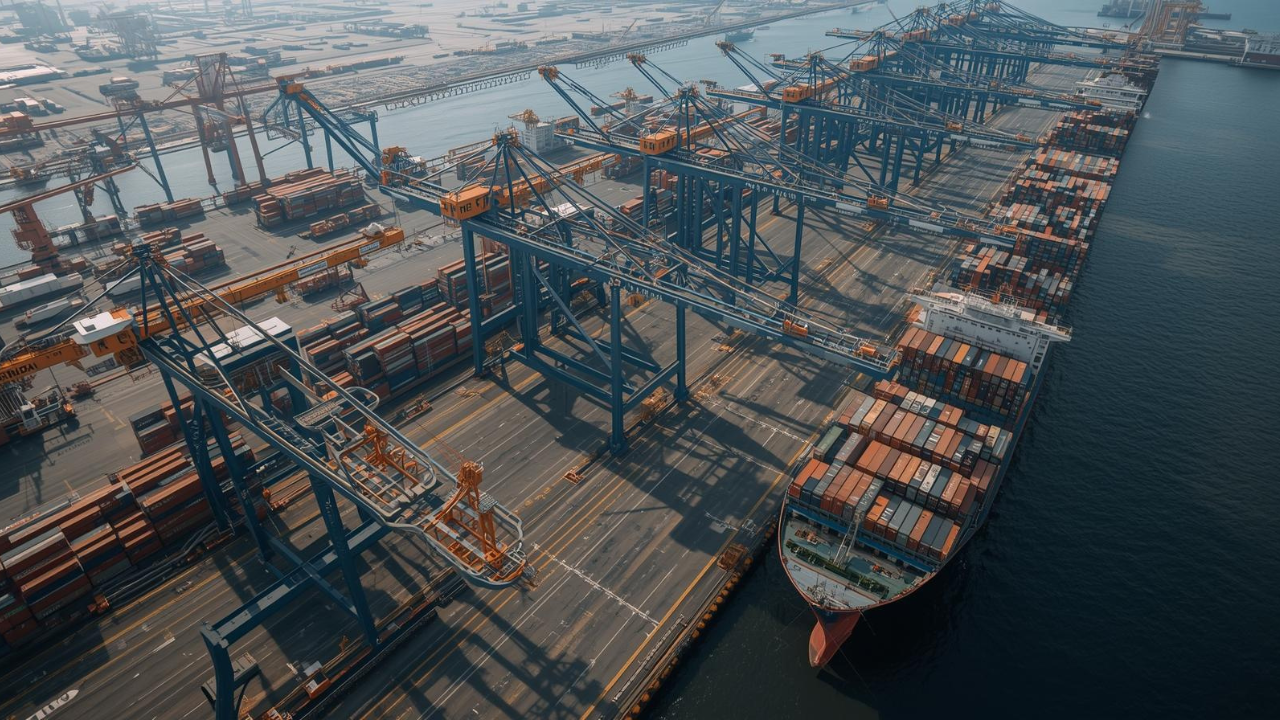
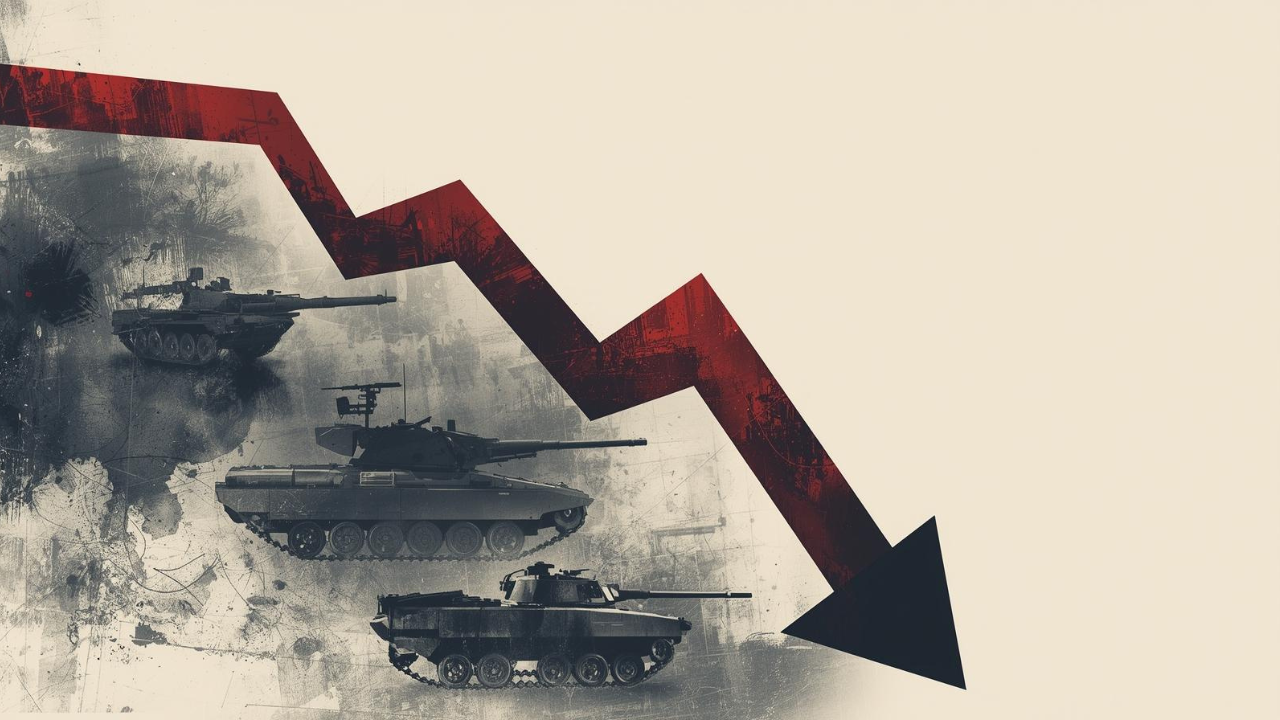

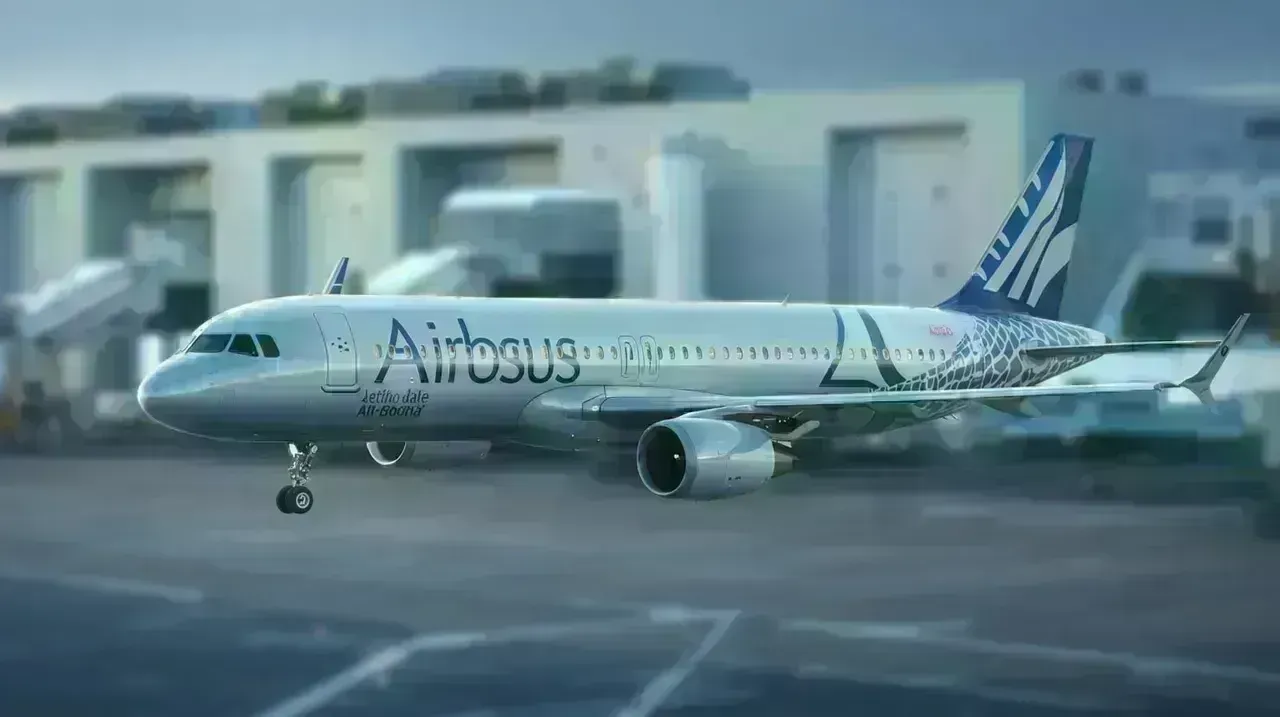

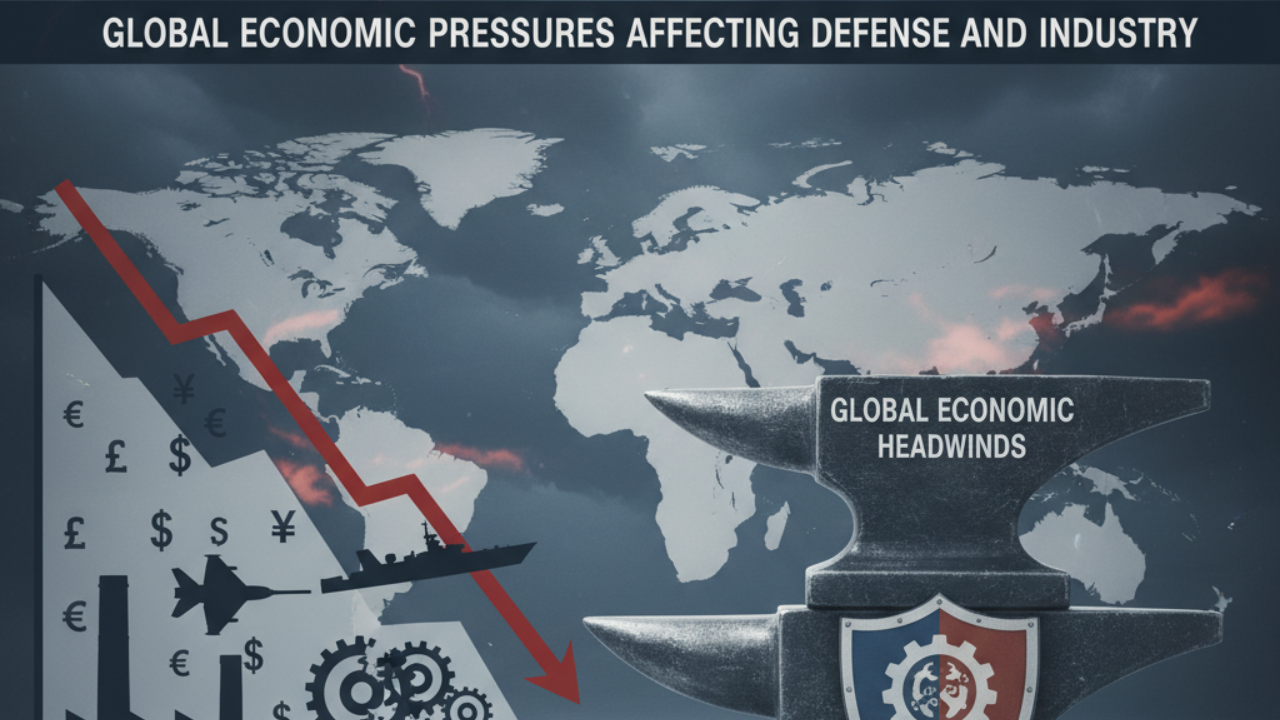
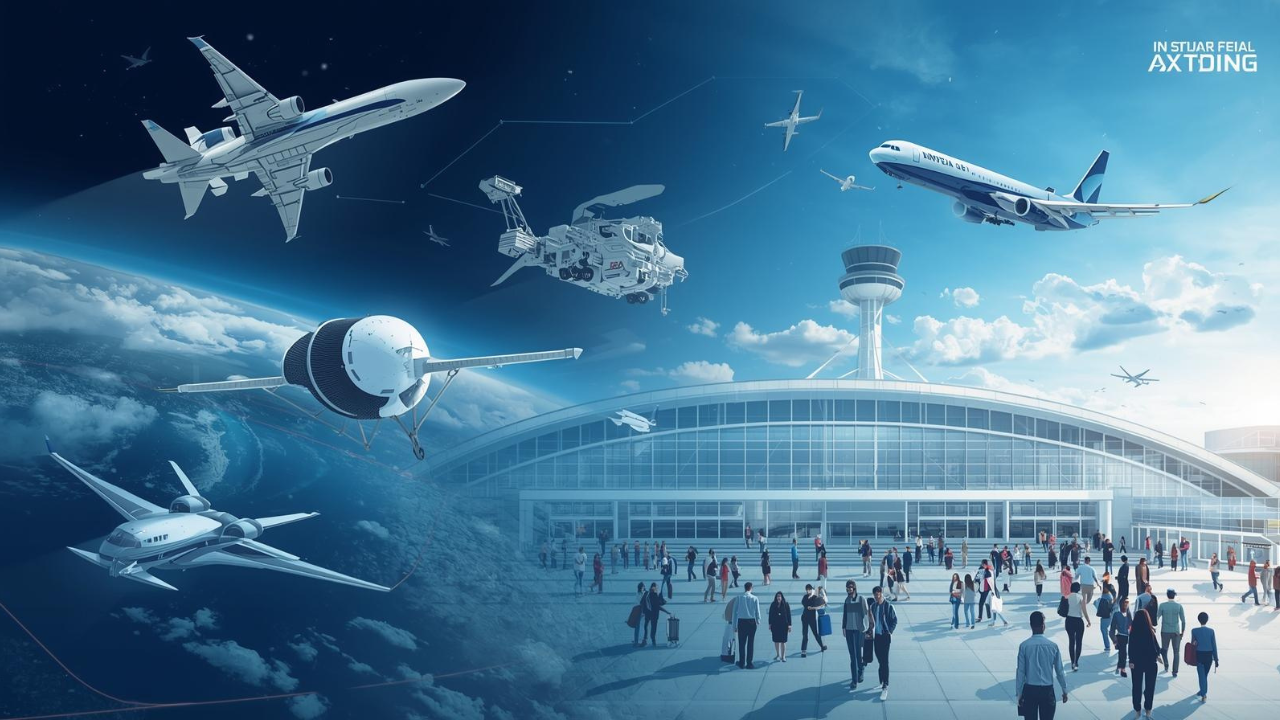
Advances in Aerospace Technology and Commercial Aviation Recovery
Insights into breakthrough aerospace technologies and commercial aviation’s recovery amid 2025 chall
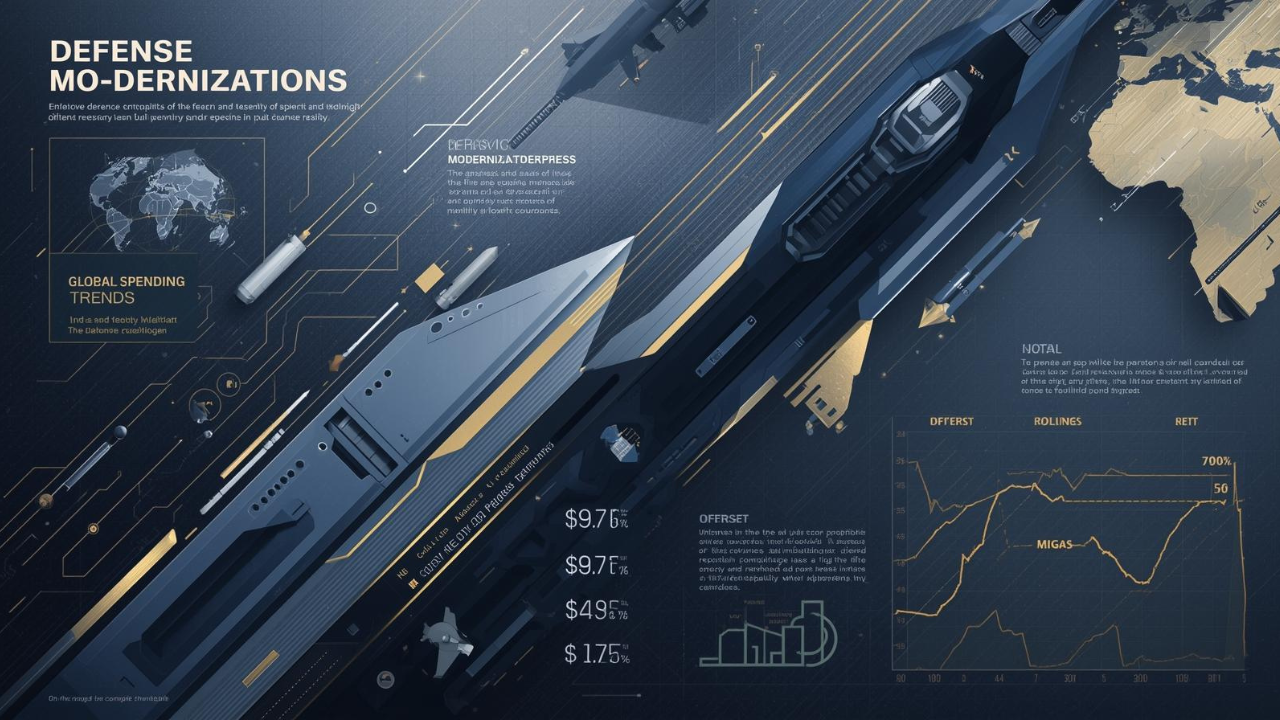
Defense Modernization and Strategic Spending Trends
Explore key trends in global defense modernization and strategic military spending shaping 2025 secu

Tens of Thousands Protest in Serbia on Anniversary of Deadly Roof Collapse
Tens of thousands in Novi Sad mark a year since a deadly station roof collapse that killed 16, prote

Canada PM Carney Apologizes to Trump Over Controversial Reagan Anti-Tariff Ad
Canadian PM Mark Carney apologized to President Trump over an Ontario anti-tariff ad quoting Reagan,

The ad that stirred a hornets nest, and made Canadian PM Carney say sorry to Trump
Canadian PM Mark Carney apologizes to US President Trump after a tariff-related ad causes diplomatic
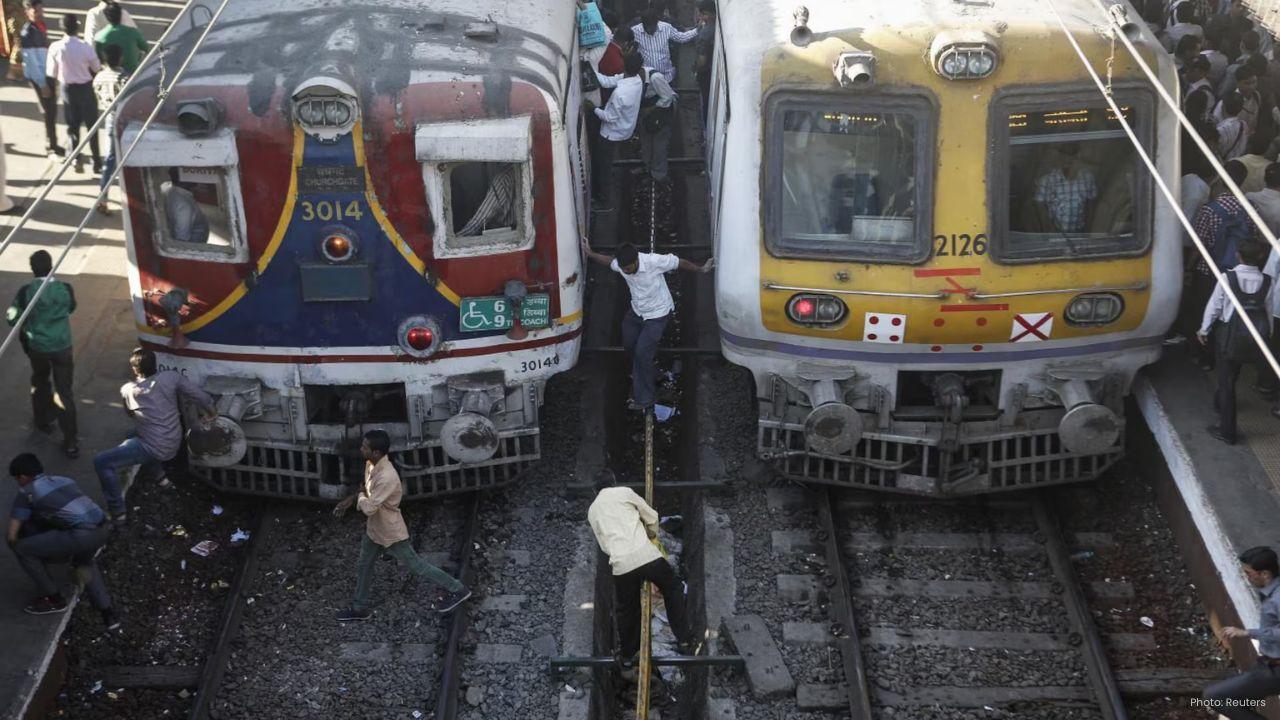
Bengaluru-Mumbai Superfast Train Approved After 30-Year Wait
Railways approves new superfast train connecting Bengaluru and Mumbai, ending a 30-year demand, easi